As union members, South Asian women took active roles. Work was a place where alliances were forged with women and men of other ethnicities which was a powerful tool in achieving better pay and rights.
On April 4, 1981, members of the Hospital Employees’ Union (HEU) at Windermere Central Park Lodge, a private long-term care home in Vancouver, went on strike after 21 months of fruitless negotiations for a first contract. Race was an important issue for the mainly Asian and South Asian workers.
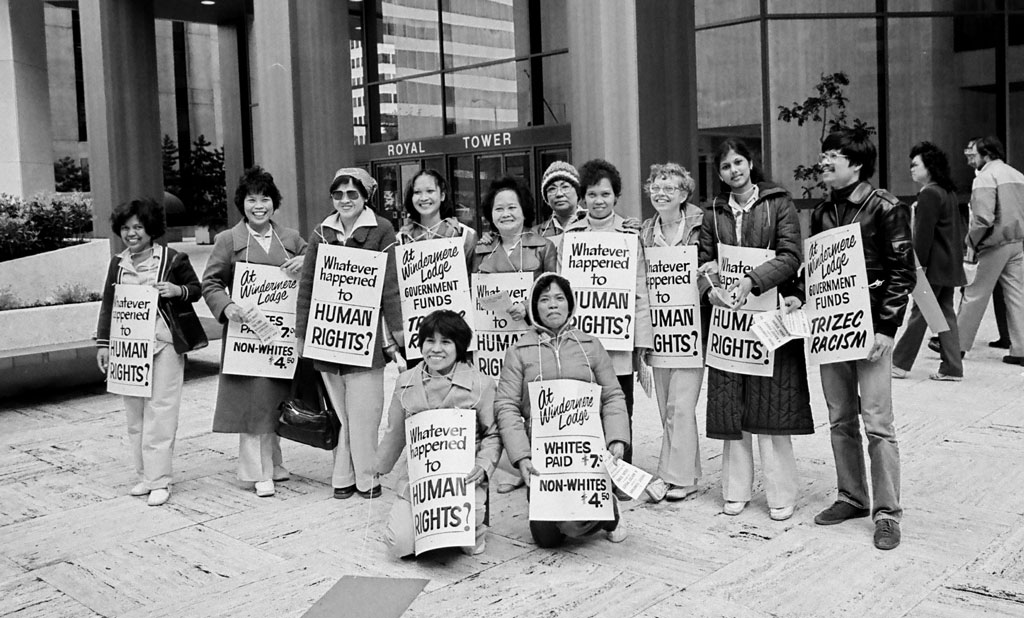
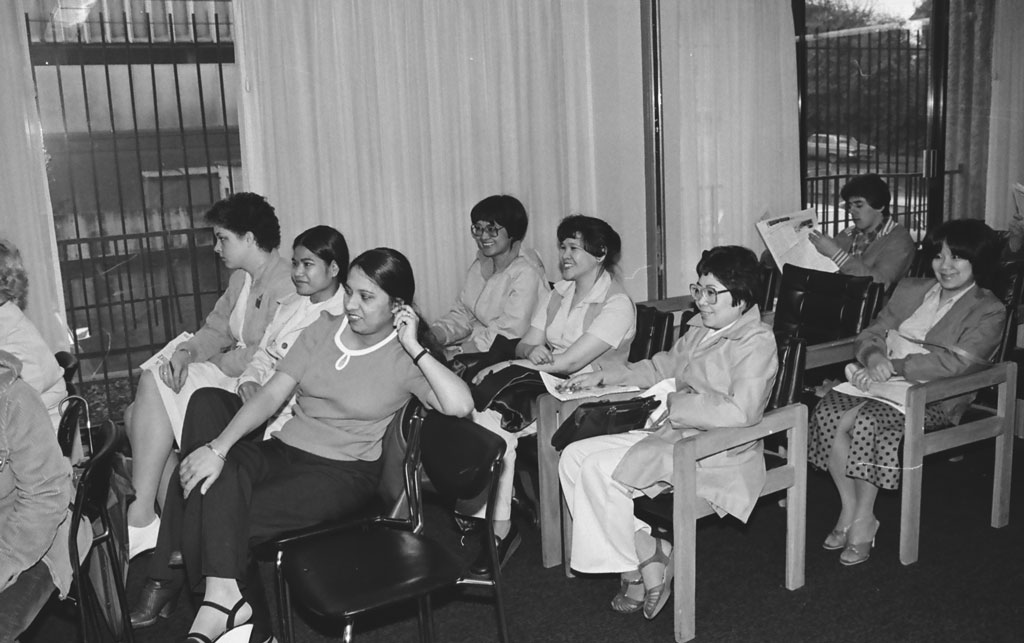
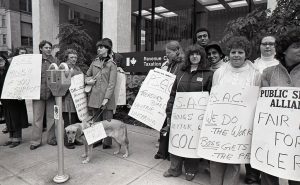
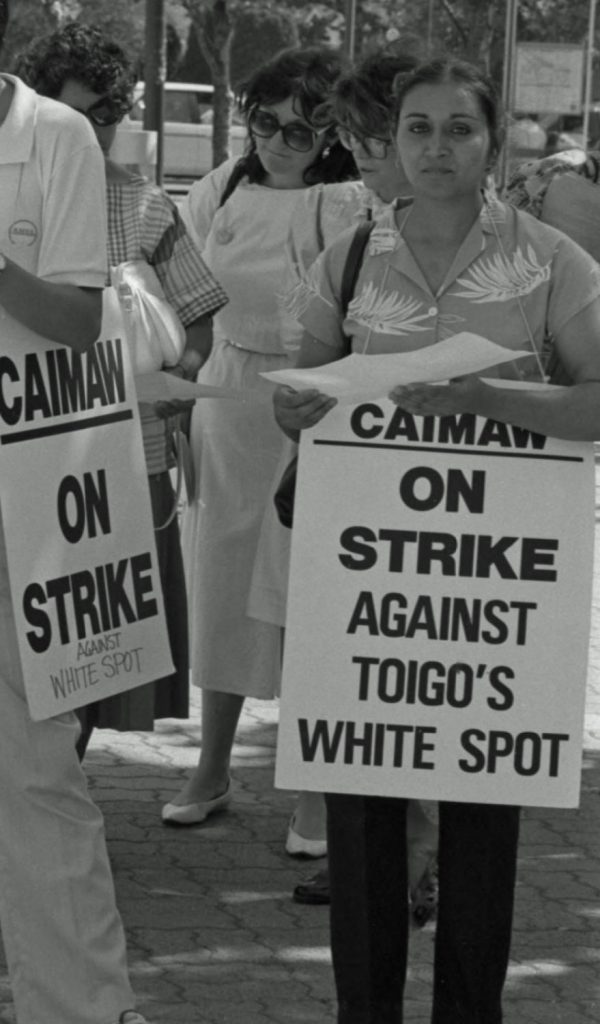
South Asian women also worked in fish canneries around BC. In Prince Rupert South Asian women arrived in the early 1960s, accompanying husbands who worked in the local lumber industry. As cannery workers, South Asian women were members of the United Fishermen and Allied Workers Union (UFAWU).
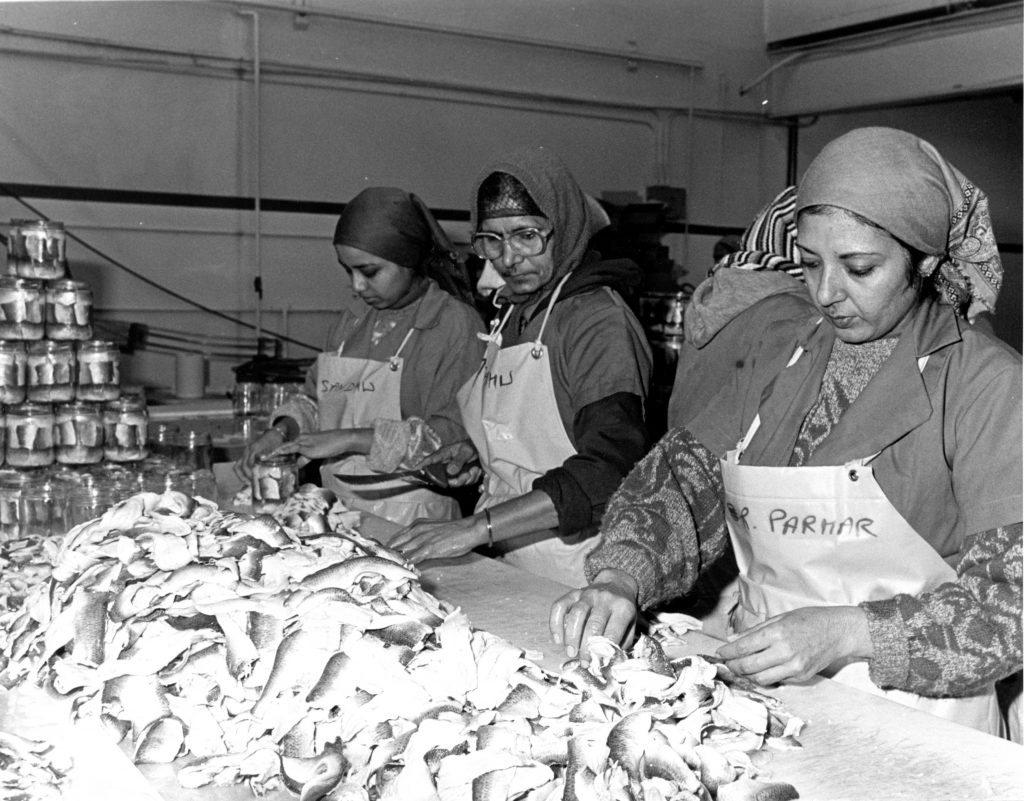
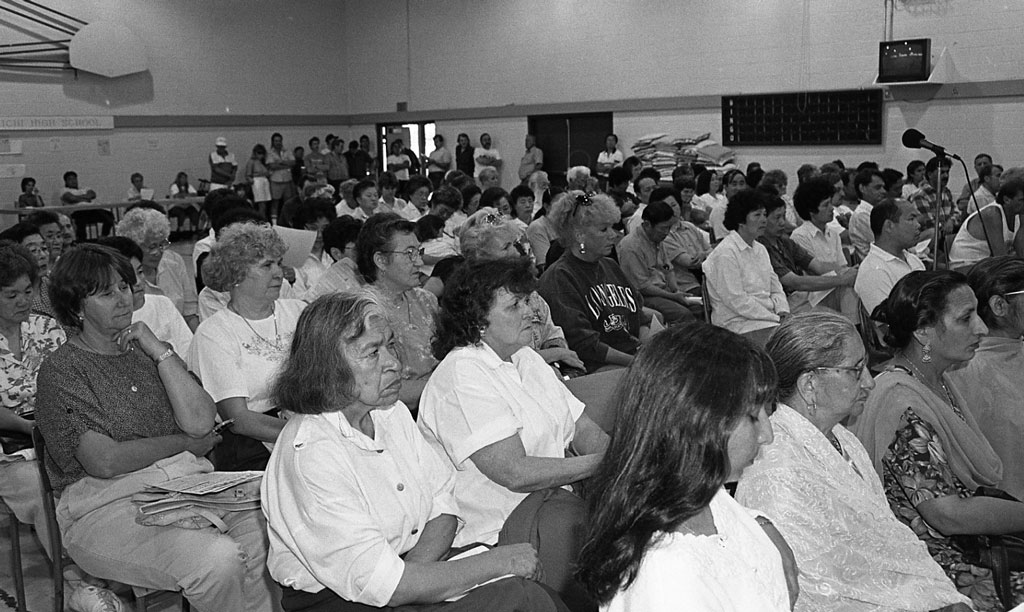
Over time, union membership served as an “intercultural mediator”; much like the IWA, the UFAWU reached out to various ethnic communities to build membership and strengthen their bargaining power. However, many South Asian women were unfamiliar with what union membership entailed; one described going to work during a 1967 strike:
“When I came to the table, the ladies said the “fish was hot”. I responded by saying, “When I touch the fish it is cold, not hot.” I did not understand what they meant by that saying. Many of us decided to keep working… I was also afraid that I would lose my job.”[1]
Once they became more familiar with union culture, Punjabi women began to participate more, voting for shop stewards and respecting picket lines. However, few were involved in the union themselves, still feeling obligations to their households.
“UFAWU gave us the feeling of security with the job…I was a member of the union but not involved. We were busy with our families. We had no time. When the union was on strike, I followed the union rules. We liked their protection.”
“It is one thing to go to the store to ask for a loaf of bread, but for the union you have to be able to speak about things deeply. You need good English skills. The Punjabi ladies did not have this.”[2]
“When I worked in the fish plant in the 70’s at Fairview, Bunt Kaur Sidhu was active in the union and one of the most uplifting humans I have ever met in a workplace, loved by everyone. She worked in the fillet room, not the cannery, with indigenous, Asian, Italian, Spanish and Polish women.”[3] Sidhu’s niece, Jesse Uppal, says the Union also had a powerful effect on her aunt. “Once she was part of a union delegation that went to Parliament in Ottawa to lobby politicians. She was amazed to find herself in such a place and that she was able to represent cannery workers at this level.” [4]
- Kamala Elizabeth Nayar. The Punjabis in British Columbia: Location, Labour, First Nations, and Multiculturalism. (McGill-Queen's, 2012), 162. ↵
- Nayar, The Punjabis in British Columbia, 165. ↵
- Norman MacPhee, personal communication, April 7, 2021. ↵
- Jesse Uppal, personal communication, November 23, 2021. ↵
